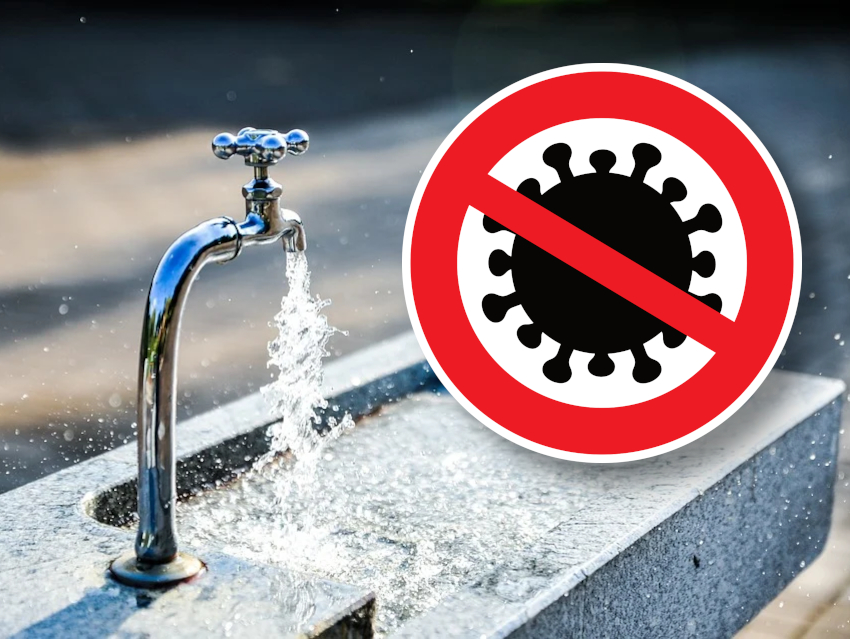Some viruses can spread via water, e.g., certain water-borne gastrointestinal diseases. Such viruses can be removed from water using nanofiltration or reverse osmosis, but both of these methods have drawbacks. For example, nanofilters for viruses are made of petroleum-based raw materials, while reverse osmosis requires a relatively large amount of energy.
Raffaele Mezzenga, Swiss Federal Institute of Technology (ETH) Zurich, Switzerland, and colleagues have developed effective and biodegradable antiviral water filtration membranes. The team prepared the membranes from β-lactoglobulin (BLG), a type of whey protein derived from milk processing, which assembles into amyloid nanofibrils. They combined the fibril scaffold with iron oxyhydroxide nanoparticles. To produce the fibrils, the pH of a protein solution was lowered to 2.0 and it was heated to 90 °C. The nanoparticles precipitated onto the resulting fibril network after the pH was raised in the presence of FeCl3·6 H2O. The resulting material was deposited onto cellulose as a support to obtain the desired filtration membranes.
The combination of amyloid fibrils and iron oxyhydroxide nanoparticles makes the membrane an effective trap for various viruses present in water. In addition to the adsorption of the viruses in the membrane, the positively charged nanoparticles attract the negatively charged viruses and inactivate them. The membrane reduces or eliminates infectious virus particles, e.g., of enterovirus 71, H1N1 flu viruses, and SARS-CoV-2.
The membrane could be useful in wastewater treatment plants or for drinking-water treatment. It is made from biodegradable components and due to the passive filtration mechanism, its use is environmentally friendly.
- An antiviral trap made of protein nanofibrils and iron oxyhydroxide nanoparticles,
Archana Palika, Antonius Armanious, Akram Rahimi, Chiara Medaglia, Matteo Gasbarri, Stephan Handschin, Antonella Rossi, Marie O. Pohl, Idoia Busnadiego, Christian Gübeli, Ravi B. Anjanappa, Sreenath Bolisetty, Mohammad Peydayesh, Silke Stertz, Benjamin G. Hale, Caroline Tapparel, Francesco Stellacci, Raffaele Mezzenga,
Nat. Nanotechnol. 2021.
https://doi.org/10.1038/s41565-021-00920-5




